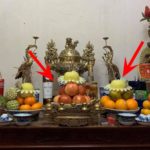The practice of worshipping ancestors has long been a part of the spiritual life of Vietnamese people and is considered a beautiful cultural tradition. In addition to worshipping ancestors, parents, and gods at home, there is a special form of worship called the “vong” altar.
So, what is a “vong” altar, and what is its significance? How do you set up a “vong” altar? Join us as we explore these questions and more in this article to answer your queries about how to set up a “vong” altar!
1 What is a “Vong” Altar, and What is Its Significance?
Derived from the similar meaning of the word “vong bai,” which means to bow from a distance, a “vong” altar is set up for children who are far from their hometown due to work, business, or other endeavors and cannot immediately return to attend funerals or death anniversaries.
Setting up a “vong” altar is a way to express grief for the deceased and show devotion to one’s roots and ancestors, as well as gratitude for the nurturing and upbringing of grandparents and parents. It is also a way to preserve the traditional value of “remembering the source of water when drinking it,” as emphasized by our ancestors.
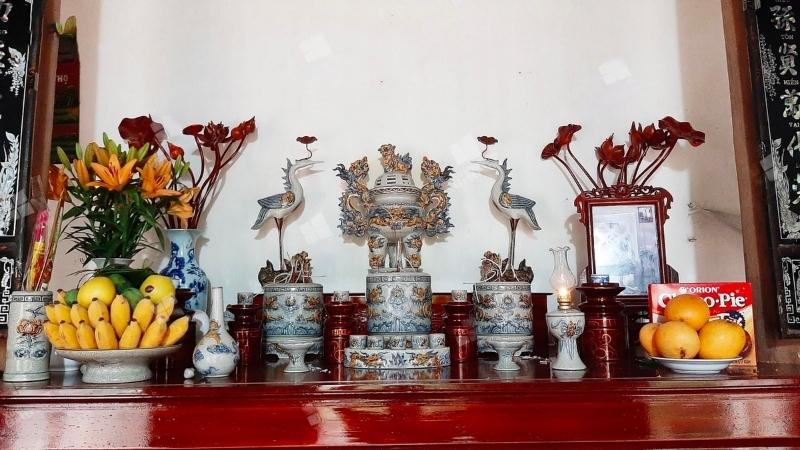 What is a “Vong” Altar, and What is Its Significance?
What is a “Vong” Altar, and What is Its Significance?
The origin of setting up a “vong” altar dates back to ancient times. During grand ceremonies at the royal court, officials would stand together in the courtyard to pay their respects. For those stationed in distant regions, such as border areas, they would set up a temporary altar and bow down to the Emperor.
Later, when a family member passed away, if the descendants were far from their hometown and unable to attend the funeral immediately, they would set up a temporary “vong” altar to express their grief for the deceased. However, the “vong” altar was only meant to be temporary, and descendants were expected to make arrangements to return home for proper rituals.
2 Choosing the Right Day to Set Up a “Vong” Altar
Selecting an auspicious day for setting up a “vong” altar is essential. You should not choose a day arbitrarily but instead opt for a day that satisfies the following conditions:
- A day that does not conflict with the homeowner’s age.
- Avoid days with the “Thien Cau” and “Sat Su” stars.
- Preferably choose a day on the Yellow Calendar when the gods are believed to be on earth, making it suitable for rituals.
You can refer to free online Feng Shui websites or consult a Feng Shui master to choose the right day for setting up your “vong” altar.
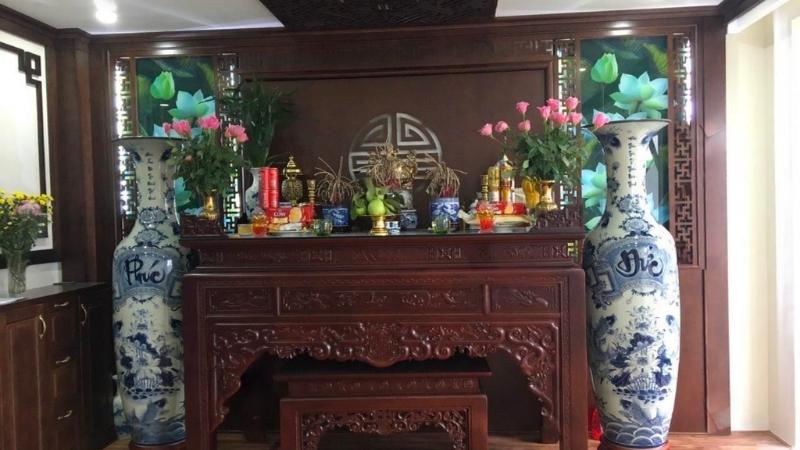 Choosing the Right Day to Set Up a “Vong” Altar
Choosing the Right Day to Set Up a “Vong” Altar
3 How to Set Up a “Vong” Altar
Before setting up a “vong” altar to worship ancestors and parents on death anniversaries, the homeowner should return to their hometown to report to the main family altar. Then, you should ask for permission to bring a subsidiary incense burner or a few half-burned incense sticks back to your “vong” altar.
Depending on the space in your home, you can choose a small standing altar or a wall-mounted one. Arrange the altar with common worship items such as water bowls, wine jugs, flower vases, cups, trays, incense burners, etc.
You may also place a tablet or a photo of the deceased if you wish, and it is advisable to allocate space for offering food during festivals, the first and fifteenth days of the lunar month, and death anniversaries.
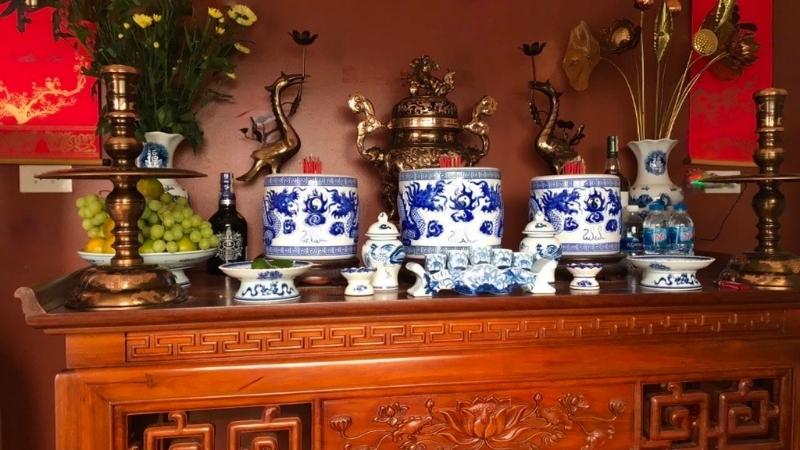 How to Set Up a “Vong” Altar
How to Set Up a “Vong” Altar
4 Prayer for Setting Up a “Vong” Altar
Con Nam Mo A Di Da Phat (3 times)
Con xin tau lay Chin phuong Troi, Muoi phuong chu Phat, chu Phat Muoi phuong
Con xin tau lay vua cha Ngoc Hoang thuong de, Hoang thien hau tho, ngu phuong ngu tho, long mach tho, than Dong Tru Tu menh Tao phu Than quan.
Tin chu con la:………….
Ngu tai:………………….
Con xin tau lay vong linh cac cu gia tien cuu huyen that to, ba to co va cac ba co cac doi, ong manh, co be do, cau be do dong ho… tai… (dia chi nha o, que)
Hom nay la ngay 23 thang Chap nam… , con xin phep duoc bao sai lai ban tho gia tien de cho sach se de tien nam cu, don nam moi toi, mong chu vi Phat Thanh, cac cu gia tien tien to, ba to co, ong manh, co be do, cau be do cua ho… chap thuan.
Con Nam Mo A Di Da Phat (3 times)
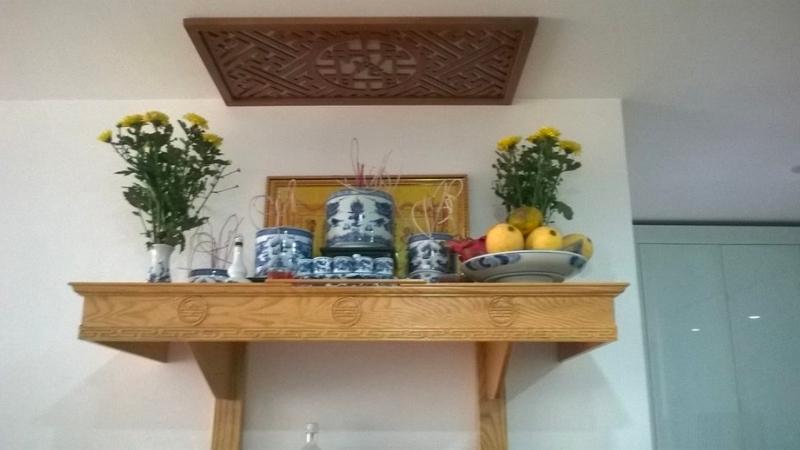 Prayer for Setting Up a “Vong” Altar
Prayer for Setting Up a “Vong” Altar
5 Notes on Setting Up a “Vong” Altar
- For those living in spacious and comfortable homes, it is advisable to place the “vong” altar in a separate room to maintain solemnity. If a separate room is not available, you may place the “vong” altar in the living room, ensuring that it is higher than the seating area for guests.
- If you have a separate altar for deities, place the “vong” altar lower than the deity altar and ensure that it faces your hometown. This way, when you bow down to pay your respects, you will be facing the direction of your hometown.
- Avoid placing the “vong” altar in areas with negative energy, such as next to a passageway, bedroom, kitchen, or under a staircase.
 Notes on Setting Up a “Vong” Altar
Notes on Setting Up a “Vong” Altar
We hope you found this information on setting up a “vong” altar helpful! These guidelines will ensure that you perform the rituals with respect and solemnity.



























